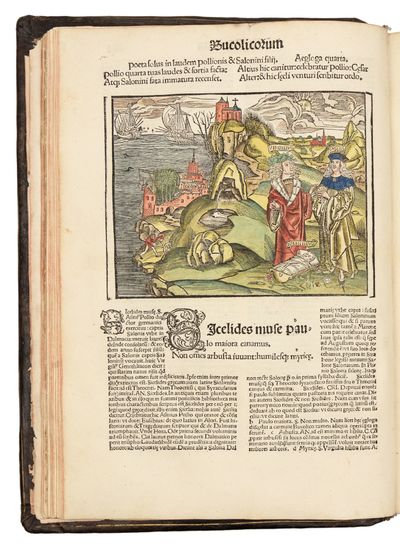Carousel content with 1 slides.
A carousel is a rotating set of images, rotation stops on keyboard focus on carousel tab controls or hovering the mouse pointer over images. Use the tabs or the previous and next buttons to change the displayed slide.
-
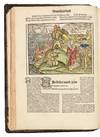 Slide 1:
Slide 1:
-
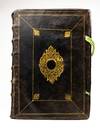 Slide 2: no title
Slide 2: no title -
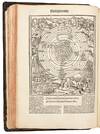 Slide 3: no title
Slide 3: no title -
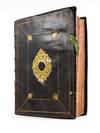 Slide 4: no title
Slide 4: no title -
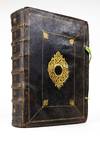 Slide 5: no title
Slide 5: no title -
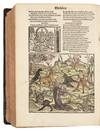 Slide 6: no title
Slide 6: no title -
 Slide 7: no title
Slide 7: no title -
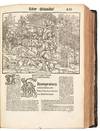 Slide 8: no title
Slide 8: no title -
 Slide 9: no title
Slide 9: no title -
 Slide 10: no title
Slide 10: no title -
 Slide 11: no title
Slide 11: no title -
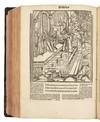 Slide 12: no title
Slide 12: no title -
 Slide 13: no title
Slide 13: no title -
 Slide 14: no title
Slide 14: no title -
 Slide 15: no title
Slide 15: no title -
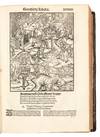 Slide 16: no title
Slide 16: no title -
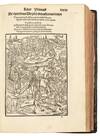 Slide 17: no title
Slide 17: no title -
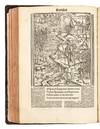 Slide 18: no title
Slide 18: no title -
 Slide 19: no title
Slide 19: no title -
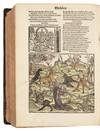 Slide 20: no title
Slide 20: no title -
 Slide 21: no title
Slide 21: no title -
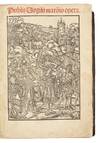 Slide 22: no title
Slide 22: no title -
 Slide 23: no title
Slide 23: no title -
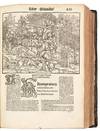 Slide 24: no title
Slide 24: no title -
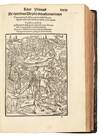 Slide 25: no title
Slide 25: no title -
 Slide 26: no title
Slide 26: no title -
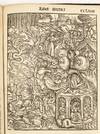 Slide 27: no title
Slide 27: no title
Hardcover
1502 · Strasbourg
by Virgilius Maro, Publius (70-19 B.C.E.)
Strasbourg: Johann Grüninger, 28 August, 1502. FIRST ILLUSTRATED EDITION OF VIRGIL'S WORKS. Edited by Sebastian Brant (1457-1521). Illustrated with 214 large woodcut illustrations, including one double-page; 5 in contemporary color. Hardcover. Fine. Bound in an unusual binding of 17th c. Dutch vellum, dyed brown, the boards paneled in gold, with attractive gold-tooled ornaments at the interior angles and a large central arabesque, also gilt, at the center of both boards (Corners bumped, upper hinge starting, slim 3-inch split to vellum of upper board, remains of original green silk ties.) Internally a very fine copy with minor cosmetic faults: title (truncated) and one prelim. leaf strengthened in the gutter, a few headlines cut close in the prelims, small marginal repair to corner of leaf A6, shine-through from colored woodcut on folio leaf N4 recto, leaf x10 with light ink stain in the woodcut, scattered minor marginal damp-stains, leaf aa1 with repaired tear (no loss), final gathering lightly browned. Five of the woodcuts (on leaves C4, K1, N4, aa8, and bb5) have contemporary (i.e. 16th c.) coloring. A few others are partially colored. The 1502 Virgil, the first to be illustrated, was edited by the imperial councilor, poet, and satirist Sebastian Brant, author of the “Ship of Fools”( Das Narrenshiff, 1494). The book was printed by Brant’s frequent collaborator, Johann Grüninger, who was renowned for his illustrated books. The book is extraordinary in the number and variety of its illustrations. There are 143 illustrations in the "Aeneid", 10 in the "Eclogues", 39 in the "Georgics", and 21 for the shorter and spurious poems. Another full-page woodcut graces the title page.
There is still debate over the identity of the artist who created the woodcuts. That Brant himself was involved in the creation -or at least the design- of the images, is strongly suggested by Brant himself in the book.
“[I]n the introductory promotional poem, Brant stresses the importance of visual art as a medium. He makes the argument that visual art should hold a valued place in the humanities, just as it did in ancient times, when important public figures were painters, and when important painters were publicly honored. He also speaks of expanding the audience for the poem beyond the highly learned scholars who were the audience for ‘Aeneid’ editions hitherto. Aeneas himself, he points out, is nowhere said to have been learned, yet he fed his soul on images, such as the reliefs on the temple of Juno at Carthage.”(Francese)
“A poem at the end of the volume… reveals that Brant envisioned the widest audience possible for this book, and that he added the pictures to make the poem accessible to the unlearned:
Virgilium exponant alii sermone diserto.
Et calamo pueris: tradere et ore iuvent.
Pictura agresti voluit Brant: atque tabellis:
Edere eum indoctis: rusticolisque viris.
Nee tamen abiectus labor hie: nee prorsus inanis.
Nam memori servat mente figura librum.
(Let others explain Vergil in eloquent speech and be pleased to hand him down to boys in written and spoken form; Brant wished to publish him for unlearned and peasant folk in rustic pictures and drawings. Nevertheless, this task is neither lowly nor wholly useless, for the picture preserves the book in the remembering mind.)”(Kallendorf, The Aeneid Transformed, p. 139)
"The subtle detail of the woodcuts would certainly escape the spectator who could not read the text and seem, rather, calculated to appeal to one whose familiarity with the poems would allow him to appreciate precise visual allusions. In several cases, Brant's work incorporates details drawn from the commentators' interpretations. As a humanistic scholar, he is said to have placed the stamp of his own thorough knowledge of Virgil upon the book by providing master sketches for the illustrators."(Eleanor Winsor Leach). (Inventory #: 5089)
There is still debate over the identity of the artist who created the woodcuts. That Brant himself was involved in the creation -or at least the design- of the images, is strongly suggested by Brant himself in the book.
“[I]n the introductory promotional poem, Brant stresses the importance of visual art as a medium. He makes the argument that visual art should hold a valued place in the humanities, just as it did in ancient times, when important public figures were painters, and when important painters were publicly honored. He also speaks of expanding the audience for the poem beyond the highly learned scholars who were the audience for ‘Aeneid’ editions hitherto. Aeneas himself, he points out, is nowhere said to have been learned, yet he fed his soul on images, such as the reliefs on the temple of Juno at Carthage.”(Francese)
“A poem at the end of the volume… reveals that Brant envisioned the widest audience possible for this book, and that he added the pictures to make the poem accessible to the unlearned:
Virgilium exponant alii sermone diserto.
Et calamo pueris: tradere et ore iuvent.
Pictura agresti voluit Brant: atque tabellis:
Edere eum indoctis: rusticolisque viris.
Nee tamen abiectus labor hie: nee prorsus inanis.
Nam memori servat mente figura librum.
(Let others explain Vergil in eloquent speech and be pleased to hand him down to boys in written and spoken form; Brant wished to publish him for unlearned and peasant folk in rustic pictures and drawings. Nevertheless, this task is neither lowly nor wholly useless, for the picture preserves the book in the remembering mind.)”(Kallendorf, The Aeneid Transformed, p. 139)
"The subtle detail of the woodcuts would certainly escape the spectator who could not read the text and seem, rather, calculated to appeal to one whose familiarity with the poems would allow him to appreciate precise visual allusions. In several cases, Brant's work incorporates details drawn from the commentators' interpretations. As a humanistic scholar, he is said to have placed the stamp of his own thorough knowledge of Virgil upon the book by providing master sketches for the illustrators."(Eleanor Winsor Leach). (Inventory #: 5089)
